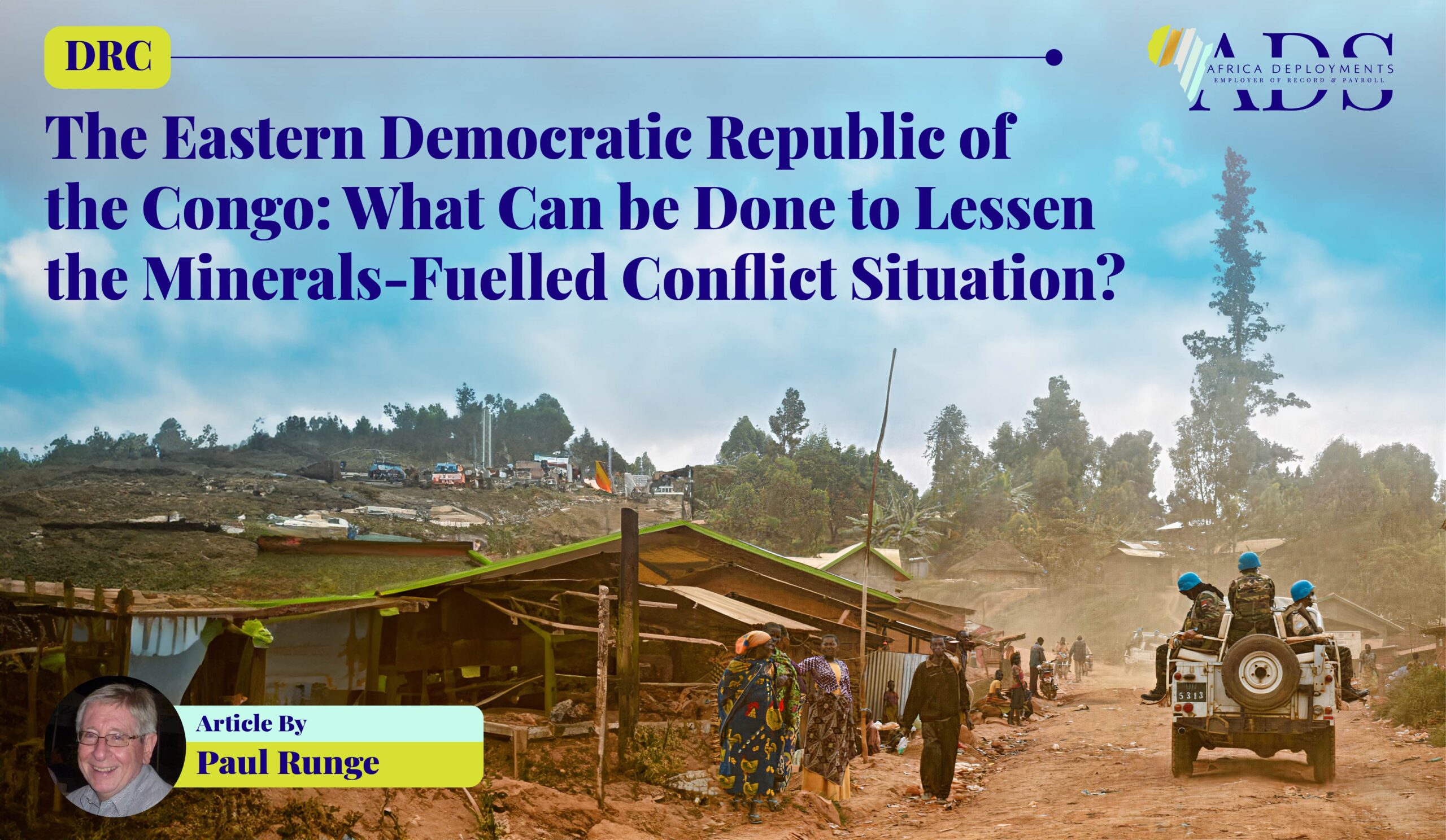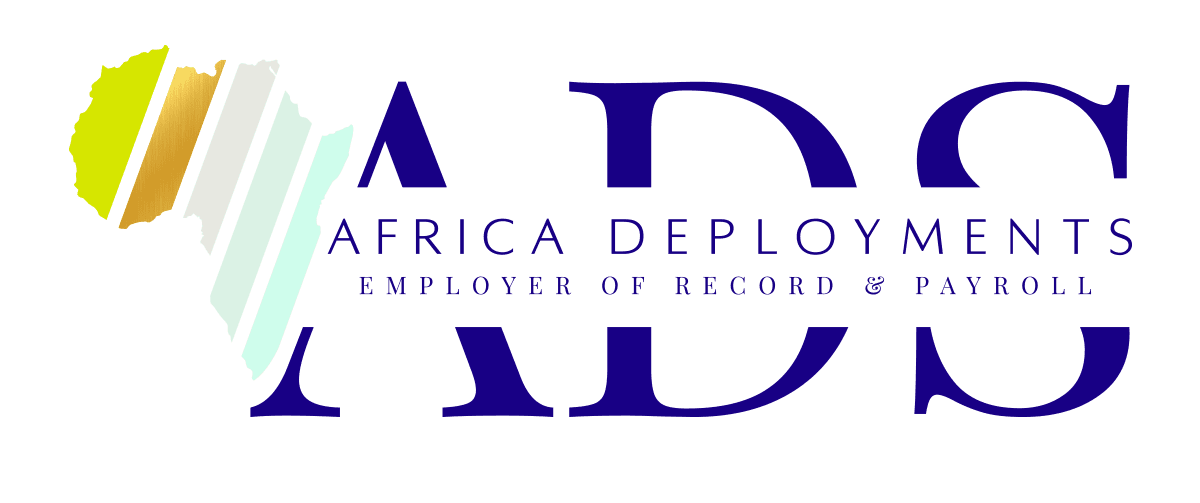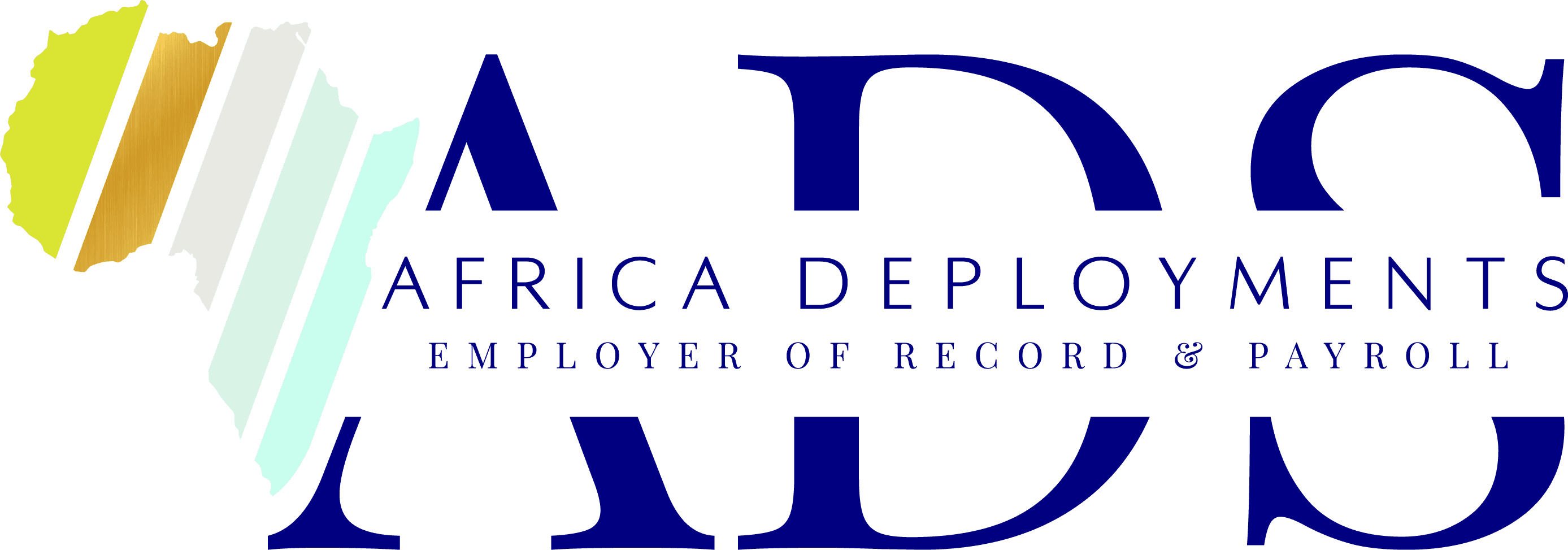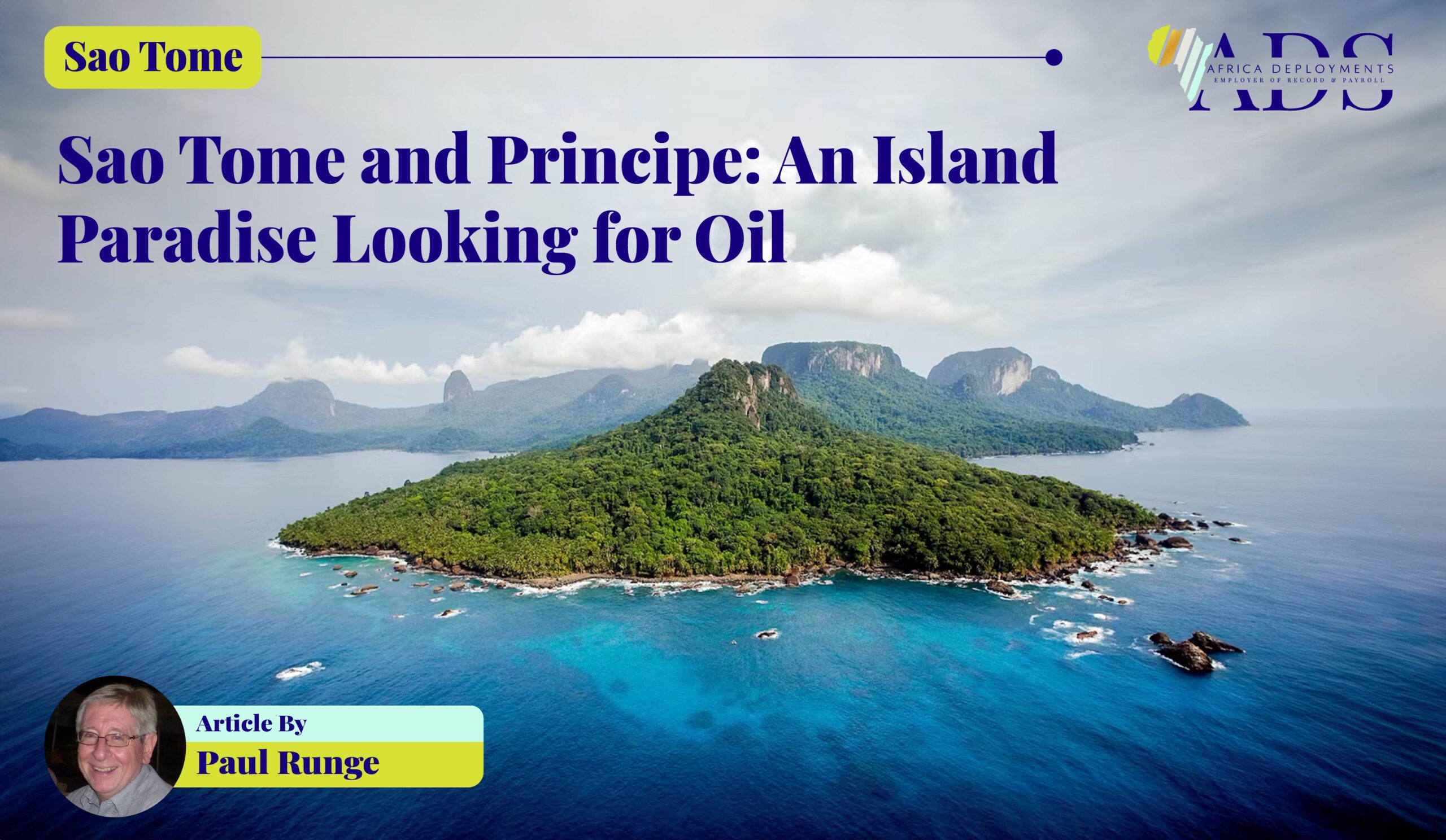
The Eastern Democratic Republic of the Congo: What Can be Done to Lessen the Minerals-Fuelled Conflict Situation?
On the border of a conflict region…
It was 2018 and I was visiting the Volcanoes National Park in Rwanda to fulfil my long-standing, priority ‘bucket list’ aspiration – getting up close to the famed mountain gorillas. Just a few kilometres across the border in the Democratic Republic of the Congo, lay the much larger Virunga National Park. Our Rwandan guide informed our tourist group that the Congolese park was virtually closed due to attacks by armed groups on the rangers stationed there. We were bound to spot the gorillas in Rwanda, because, as an intelligent species, the gorillas had moved across the volcanic mountains to the safety of the Rwandan reserve.
After experiencing the thrill of my gorilla sighting, I went for an evening walk through the large, wide-spread, crowded tourist village. And got lost! I strayed just outside of the complex and found myself at the entrance to a military camp. Behind the high wire fence, I could see Rwandan soldiers marching in perfect unison, slamming their boots down onto the parade ground dust in one loud and sharp thud. Were these impressive troops protecting us, the precious tourists, or were they there to ensure a pocket of stability in a region wracked with violence?

The Eastern DR Congo region…
The DR Congo is the largest country in sub-Saharan Africa and comprises an area of almost 2 345 000 square kilometres. Administratively, there is the capital city of Kinshasa and 25 provinces. Three of these are in the east of the country: Ituri, North Kivu and South Kivu. They are bordered by Uganda, Rwanda and Burundi.
The population of the three eastern provinces is estimated at 17 million. It compromises a confusing number of ethnic groups. The main ones include the Banyamulemnge (who are Hutus and Tutsis), Hema, Lendu, Batwa, Bashi, Rega and Havu. There are numerous sub-groupings.

A particularly mineral-rich area…
It’s no exaggeration to say that the eastern DRC is extremely well-endowed with mineral wealth. And the minerals concerned are in great global demand, notably for our cell phones and laptops but also for other electronics products. There is coltan which contains the elements, tantalite and niobium. It is reported that over 60% of the world’s coltan lies in the east of the DR Congo. The area also has tin, tungsten and gold among other mineral resources.

But ‘conflict minerals’ arising from long-standing turmoil…
The eastern DR Congo has been in a state of continuous conflict for some four decades. It is estimated that the number of the local population who have perished runs into the millions and many have been injured and raped. While the violence has continued unabated, there have been intermittent flare-ups, such as when the genocide in Rwanda in 1994 led to a major influx of Hutu refugees who pillaged the area to sustain themselves. In 2000, the United Nations sent its peace-keeping force, the UN Organisation Mission in the Democratic Republic of the Congo (MONUC), to try to stabilise the region. The national army has proved itself to be weak and ineffective in quelling the unrest.
The turmoil and violence has been attributed by many to inter-communal conflict and ethnic rivalry. However, more recently, the non-governmental organisations and others involved in the region have shifted their focus to the so-called ‘rebel’ groups. They report that these militia are supported from funds generated by illicit mining operations as well as ‘taxes’ levied on the local villages. It is estimated that there are over 100 armed groups and militia spreading suffering and chaos in the region. One of the groups that has received much attention, is M23 or March 23 Movement. It is particularly strong and has in the past, even seized control of towns. Others include CODECO (an alliance of Lendu militia groups) and the Allied Democratic Forces (an Islamist group, once based in western Uganda.)
Like the Allied Democratic Forces, a number of the more powerful groups originate from neighbouring countries. The Democratic Forces for the Liberation of Rwanda originates from the Hutu groups that fled Rwanda after the genocide and as the new Rwandan government took control. The RED-Tabara rebel group is combating the Burundi government from the eastern DR Congo.
The mines and sources in the conflict areas are operated by lowly-paid locals sometimes including children, and forced labour. Much of the region’s mineral production is smuggled across the borders into these countries and then exported globally. They may for example, be registered as products of Rwanda but in fact, be from the DR Congo. Government agencies and civil society organisations in the recipient countries are concerned that the minerals they are importing have been produced in the eastern DR Congo by illicit mines and sources controlled by militant groups, warlords and corrupt, criminal negociants or dealers. There is a declared need to halt importation of what they call “conflict minerals” which have been produced by rebel-controlled sources in conflict areas.

A well-intentioned initiative with unintended consequences…
The US and Europe-based NGO, Global Witness has been campaigning for over two decades to break the link between mineral importation and conflict, corruption and human rights abuses. In the USA, the Dodd-Frank Consumer Protection Act was passed and enacted by Congress in 2010. The Act provides for a tagging system for ‘conflict minerals’ defined as tantalum, tin, tungsten and gold. Mines in conflict-free zones will ‘bag and tag’ their production as it leaves the mine. The intention is to stimulate legitimate trade by allowing exports from eastern DR Congo to flow legally into the USA.
However, in 2015, it was estimated that only some 10% of the over 100 mining sites in the region had been successfully certified for tagging. The local population has been complaining that mining activity had dropped considerably and there is far less demand for labour. Lower global mining commodity have not helped the situation. There has been a proliferation in the trade of illicit tags.

A seemingly bleak future…
The DR Congo government has tried to minimise the mining sector chaos by establishing government trading centres where mining production can be legitimised. The major US semi-conductor chip manufacturer, Intel, is concerned that its profits may be fuelling human rights abuses in the DR Congo. Its “Solutions for Hope” project involves continuous, on-site surveillance of mines and smelters which is proving to be practically very difficult.
Meanwhile, the sad conflict in the DR Congo’s beautiful but troubled eastern provinces continues. There are allegations and counter-allegations regarding local and foreign support for the militant groups. And MONUC (now MONUSCO with a change of name to include “Stabilisation Mission”), is scheduled to withdraw completely from the region by the end of this year! It is being replaced by an under-funded and under-resourced, South Africa-led Southern African Development Community (SADC) military mission. Two South African members of this mission were recently killed.
The future remains bleak.






